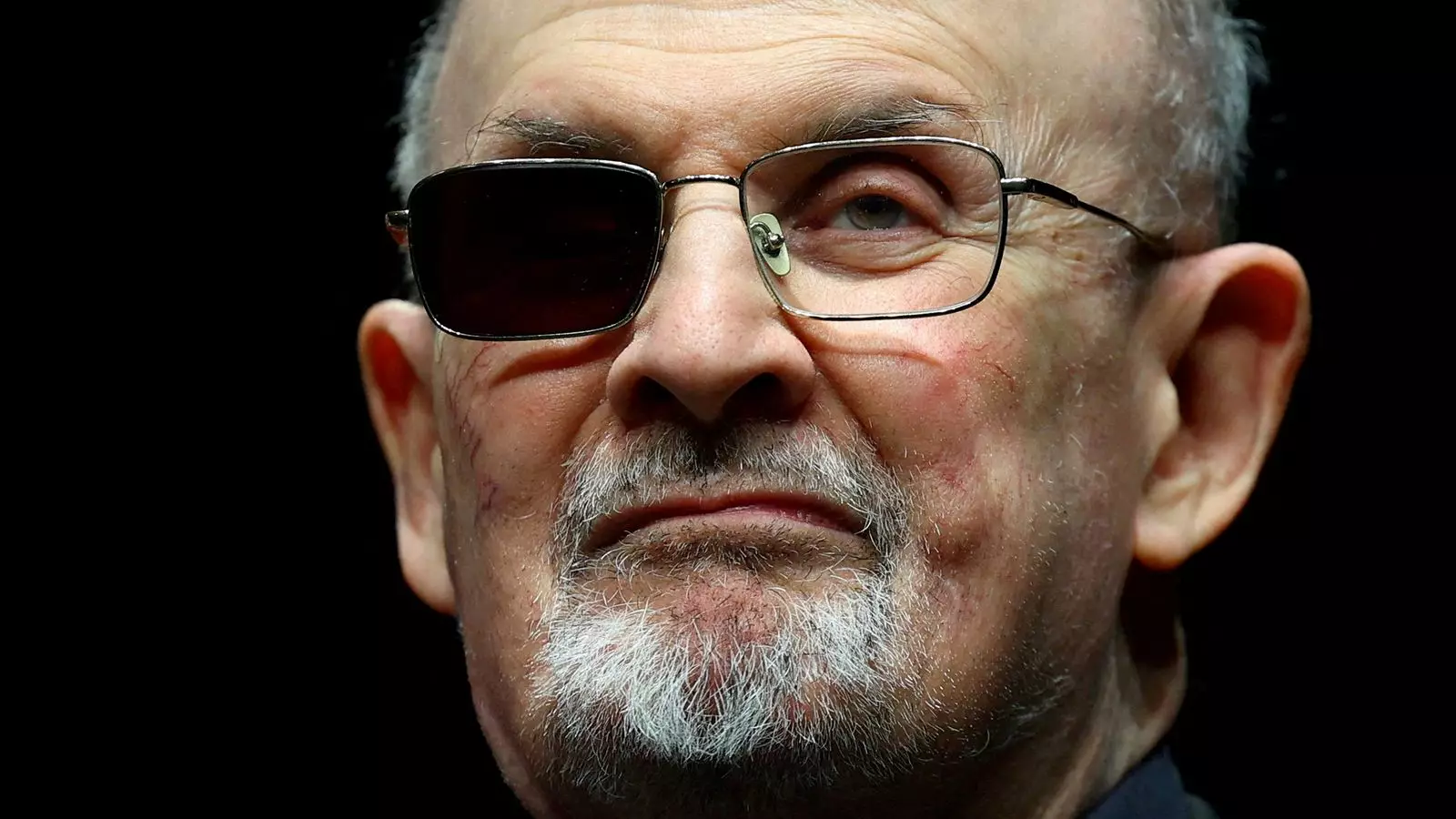The recent trial of Hadi Matar, who was found guilty of attempting to murder the acclaimed author Sir Salman Rushdie, has raised profound questions about violence, ideology, and individual accountability. This shocking incident, which unfolded on August 12, 2022, at the Chautauqua Institution in New York, resulted in a brutal attack on a figure whose work has long provoked controversy and debate. The implications of this case extend far beyond the immediate facts of the attack, prompting a necessary examination of the cultural and ideological currents underpinning the violence.
Sir Salman Rushdie, now 77 years old, has faced considerable hostility since the publication of his novel “The Satanic Verses” in 1988, which ignited the ire of many, particularly in the Islamic world. His decision to speak publicly, despite the threats against his life, showcased a courageous commitment to freedom of expression. However, the attack left him severely injured; he endured multiple stab wounds, resulting in the loss of vision in one eye and significant damage to his hand. The physical scars will serve as a constant reminder of a life threatened, and the psychological trauma is likely to linger even longer.
Despite this harrowing experience, Rushdie has continued to advocate for artistic freedom and the discourse surrounding it. His accounts during the trial not only conveyed the intense physical pain he suffered but also revealed his profound psychological ordeal—describing a momentary contemplation of death amidst chaos. Such reflections resonate deeply with advocates of free speech, illuminating the personal costs borne by those who challenge prevailing norms and ideologies.
The court deliberations brought forth chilling details regarding the nature of the attack. Matar’s actions have been described as particularly targeted and premeditated. The prosecution emphasized the unprovoked nature of the assault, noting that the venue was filled with onlookers, yet Matar specifically aimed for Rushdie. This highlights a disturbing reality: the willingness of some individuals to resort to violence over intellectual opposition or artistic expression, signaling a troubling trend in contemporary discourse.
Defense arguments claiming Matar’s lack of intent to kill fall flat in light of evidence showing the severity and targeted nature of the attack. The jury’s swift conviction—after only two hours of deliberation—seems to support the assertion that, regardless of individual intent, the act itself was indisputably an attempt at murder. District Attorney Jason Schmidt’s argument, that a series of stab wounds is a clear indication of lethal intent, underscores a vital point about responsibility in acts of violence, especially when they are ideologically motivated.
Matar’s act of violence against Rushdie can be seen as part of a larger narrative of ideological extremism—a phenomenon that has burgeoned in various societies worldwide. Individuals who adhere to radical ideologies are often driven by a sense of mission, which can culminate in acts of terror against those they perceive as adversaries. The association of Matar with Hezbollah, as well as the federal indictment accusing him of terrorism, adds a complex layer to this narrative, suggesting that the attack may not only have been a personal vendetta but also a reflection of broader geopolitical conflicts.
This incident serves as a painful reminder of the precariousness of freedom of expression. Artists, writers, and thinkers operate within a landscape fraught with risks, where the expression of unpopular ideas can lead to violent repercussions. It sparks critical conversations about the protective measures necessary for those who challenge cultural narratives.
Looking ahead, the implications of Matar’s attack on Rushdie will incite ongoing discussions about safety, freedom of speech, and the societal responsibilities of confronting hate with dialogue, rather than violence. The upcoming sentencing is a crucial moment not only for Matar but for society as a whole—an opportunity to reflect on the reasons behind such extremist actions and to reaffirm the commitment to safeguarding the rights of individuals to express their ideas without fear of retribution.
The trial of Hadi Matar should serve as a catalyst for a dialogue about the boundaries of freedom, the costs of artistic expression, and the societal roles we all play in either enabling or denouncing acts of violence driven by ideology. As we navigate this complex terrain, it is imperative to foster an environment where differing opinions can be exchanged civilly, rather than resorting to violence as a means of silencing dissent.


Leave a Reply